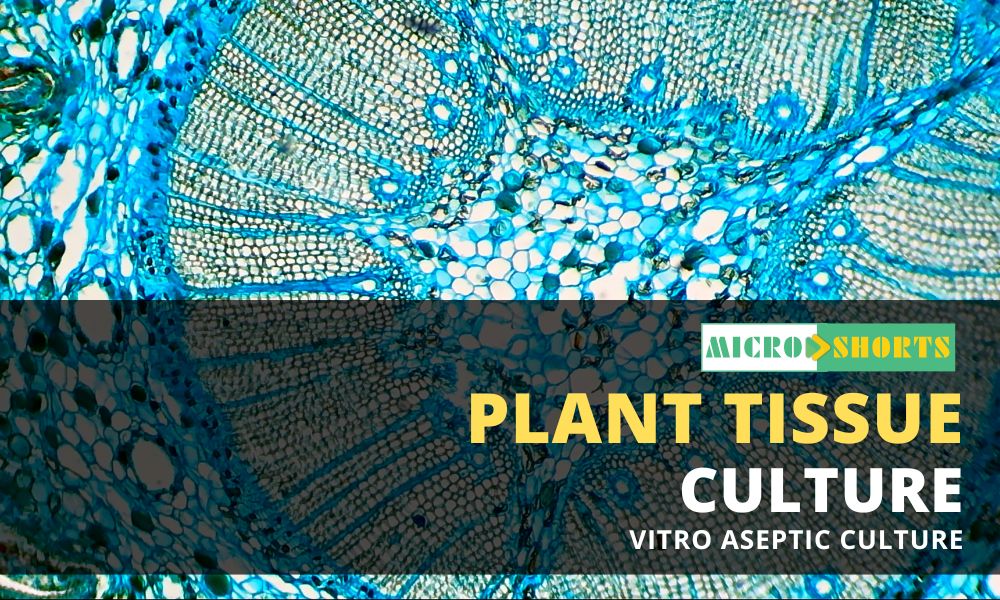Piezophile Definition and Characteristics
- Barophiles are defined as organisms that grow and thrive optimally at pressures greater than atmospheric pressure.
- The term piezophile is used as a replacement to barophile as piezo means pressure in Greek.
- Barophilic bacteria have been isolated from various deep-sea environments throughout the world and have been grown rapidly at low temperatures and high pressures.
- Bacteria living in the deep-sea display several unusual features that allow them to thrive in their extreme environment.
- Most barophilic organisms tend to be psychrophilic and thus cannot be cultured at a temperature above 20°C.
- Similarly, many barophiles tend to be obligate barophiles with few archaea acting as moderately barophilic.
- It has been seen that the pressure needed for the maximal rate of reproduction at 2°C may reflect the true habitat depth of an isolate.
- High pressure affects the survival of microorganisms, where it influences the membrane structure and functioning of the cell.
- High pressure and low temperature in deep-sea environments decrease the fluidity of lipids and even depress the functions of biological membranes.
Piezophile Mode of adaptation
Membrane
- High pressure might cause the formation of a gel-like membrane which then decreases nutrient uptake and processing.
- Barophiles produce increased levels of unsaturated fatty acids in the lipids and increasing the extent of fatty acid unsaturation can maintain the membrane in a functional liquid crystalline state at high pressures, low temperatures, or both.
- The reduced fluidity gives a defined structure to the membrane, which supports the normal functioning of the cell.
Proteins
- The high-pressure condition suitable for barophiles results in conformational changes in the proteins that inhibit their function.
- In order to prevent such changes, barophilic proteins usually have lower concentrations of proline residues and a higher concentration of glycine residues.
- The proline residues have cyclic side chains that disrupt alpha-helices, whereas the glycine residues have small side chains with high conformational flexibility.
- The increased flexibility prevents the disruption of alpha helices and protects the function of such proteins.
Piezophile Examples
- Some common examples of barophilic microorganisms are Shewanella benthica, Moritella yayanosii, Shewanella violacea, Photobacterium profundum, Moritella japonica, Sporosarcina spp, etc.









Comments